Draining Procedure
- Park the vehicle on a level surface.
- Remove and clean the coolant recovery reservoir.
- Remove the radiator cap when the engine is cool:
- Place a drain pan under the radiator drain cock in order to collect all of the used coolant.
- Open the radiator drain cock.
- Open the air bleed valve on the thermostat housing 2 full turns.
- Open the air bleed valve above coolant pump 2 full turns.
- Place a drain pan under the engine block drains in order to collect the used coolant.
- Remove both of the engine block drains.
Important: Do NOT add any engine coolant supplement sealant pellets to the cooling system. Drain and refill the engine cooling system every 5 years or 240 000 km, (150,000 mi), whichever occurs first.
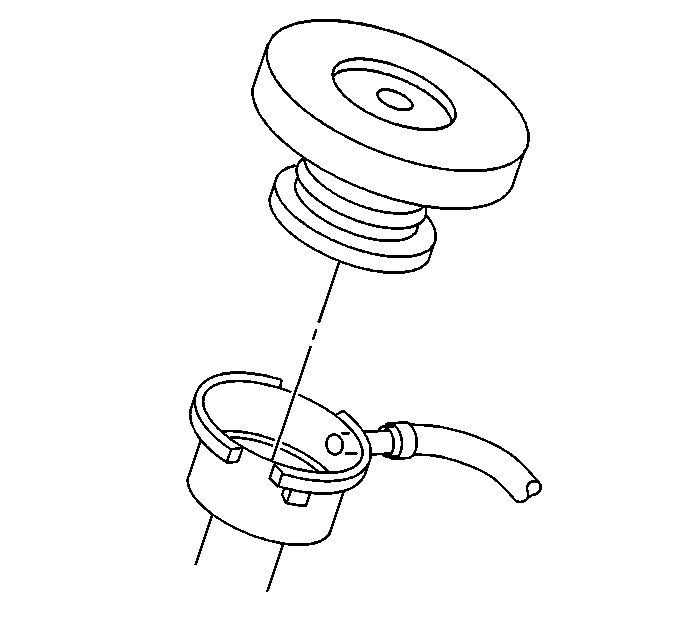
Caution: To avoid being burned, do not remove the radiator cap or surge tank cap while the engine is hot. The cooling system will release scalding fluid and steam under pressure if radiator cap or surge tank cap is removed while the engine and radiator are still hot.
| 3.1. | Slowly rotate the cap counterclockwise to the detention tab. Do not press down while rotating pressure cap. |
| 3.2. | Wait until any residual pressure, indicated by a hissing sound, is relieved. |
| 3.3. | After all hissing stops, press down on the radiator cap and rotate the cap counterclockwise in order to remove the cap. |
Important: Recover and store used coolant in a used coolant holding tank and submit the used coolant for recycling on a regular basis. Do NOT pour used coolant down the drain. Ethylene glycol antifreeze is very toxic. Disposing of ethylene glycol into the sewer system or ground water is both illegal and ecologically unsound.

If only partial cooling system draining is required, drain enough coolant to perform the procedure.

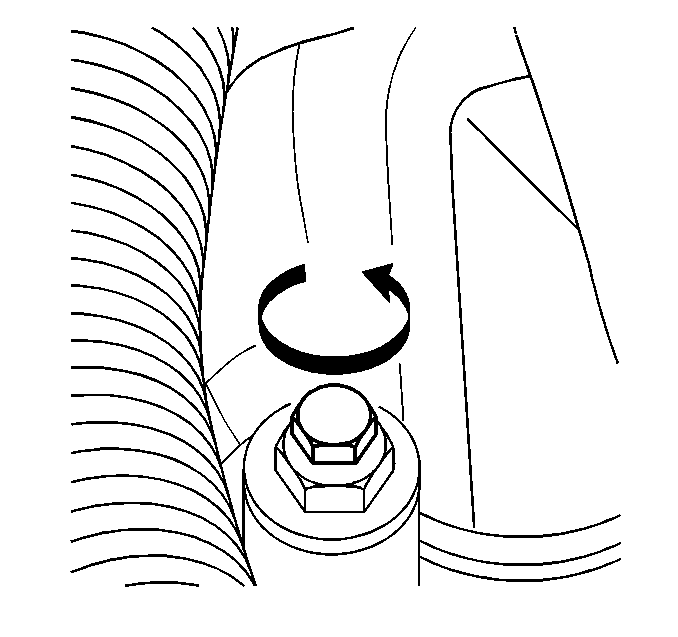
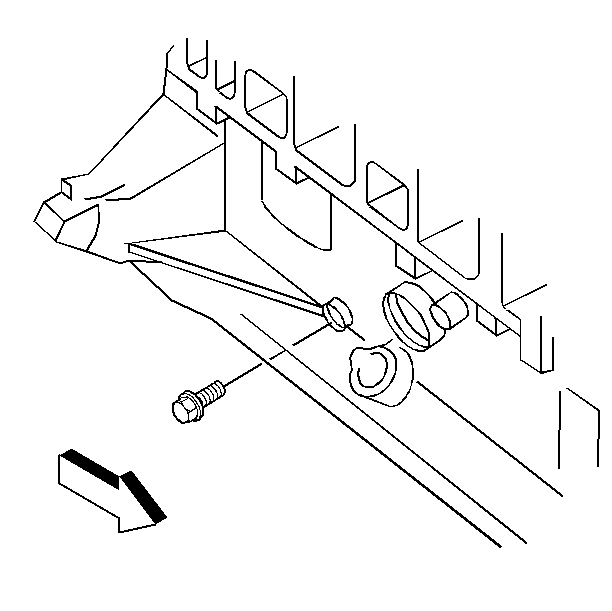
Important: Allow the coolant to drain completely.
| • | The front left engine block drain is located between the starter motor and the engine oil filter. |
| • | The rear right engine block drain is located near the crankshaft position sensor. |
Filling Procedure
- Reinstall the engine block drains.
- Close the radiator drain cock.
- Install the coolant recovery reservoir.
- Slowly add a 50/50 mixture of GM Goodwrench DEX-COOL® or HAVOLINE® DEX-COOL® and clean, drinkable water to the radiator until the coolant level is at the base of the radiator fill neck.
- Wait for 2 minutes and reinspect the level of the coolant in the radiator. If necessary, add coolant to the radiator until the coolant level is at the base of the radiator fill neck.
- Install the radiator cap.
- Ensure that the radiator cap arrow points toward the radiator overflow tube.
- Close the air bleed valve above the coolant pump.
- Close the air bleed valve on the thermostat housing.
- Fill the coolant reservoir with a 50/50 mixture of GM Goodwrench DEX-COOL® or HAVOLINE® DEX-COOL® and clean, drinkable water.
- Start the engine and allow the engine cooling fan to cycle on and off 3 times.
- Turn off the ignition.
- Allow the engine to cool.
- Ensure that the engine coolant concentration is sufficient.

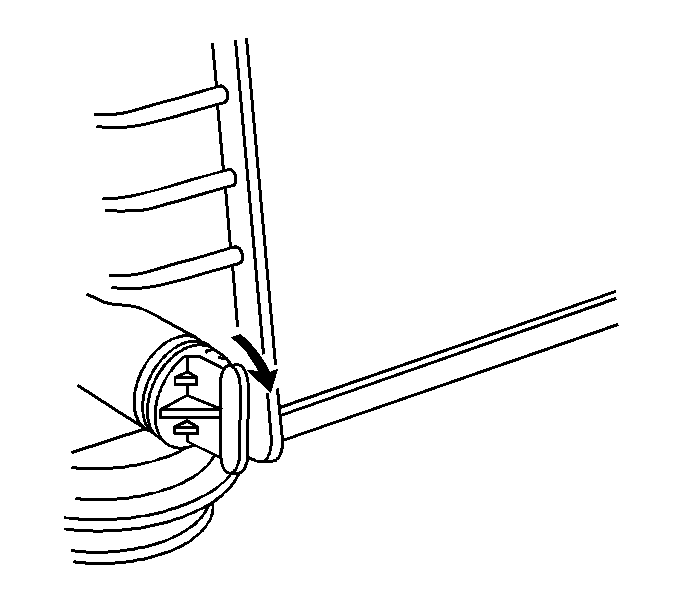

NOTICE: When adding coolant, it is important that you use GM Goodwrench DEX-COOL® or HAVOLINE® DEX-COOL® coolant. If Coolant other than DEX-COOL® or HAVOLINE® DEX-COOL® is added to the system the engine coolant will require change sooner; at 50 000 km (30,000 mi) or 24 months.

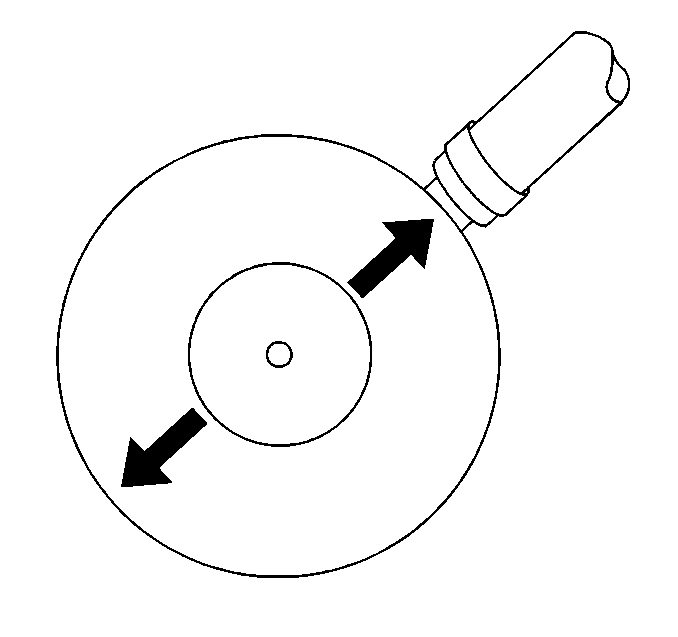
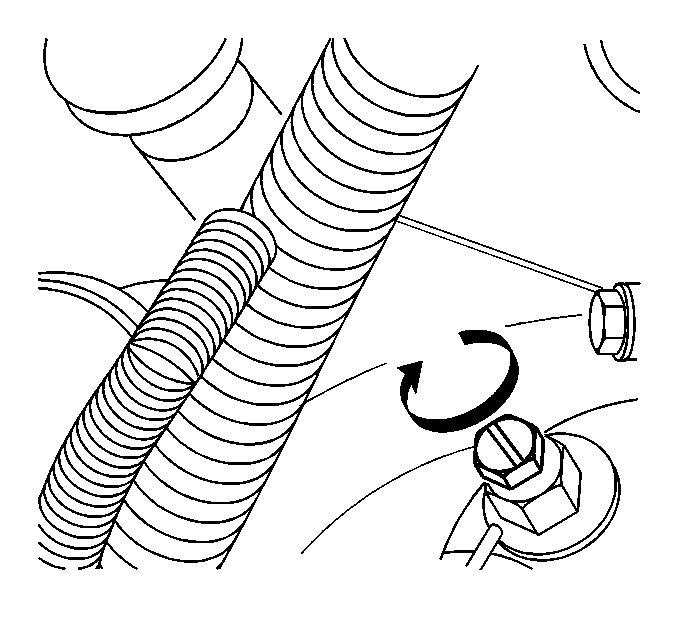
Important: The air bleed valves are brass. Do NOT over-tighten the air bleed valves.
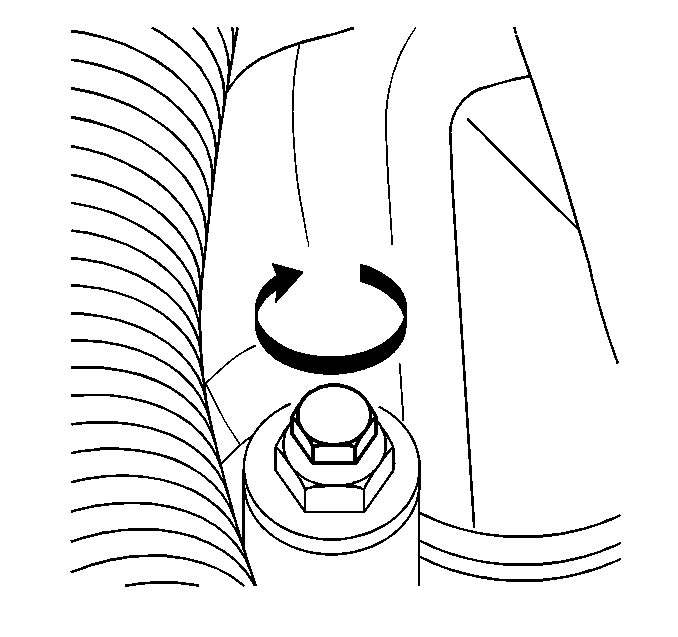
Important: If the coolant temperature indicator turns ON, turn the engine OFF immediately and allow the engine to cool. Do NOT remove the radiator cap.
Caution: To avoid being burned, do not remove the radiator cap or surge tank cap while the engine is hot. The cooling system will release scalding fluid and steam under pressure if radiator cap or surge tank cap is removed while the engine and radiator are still hot.
